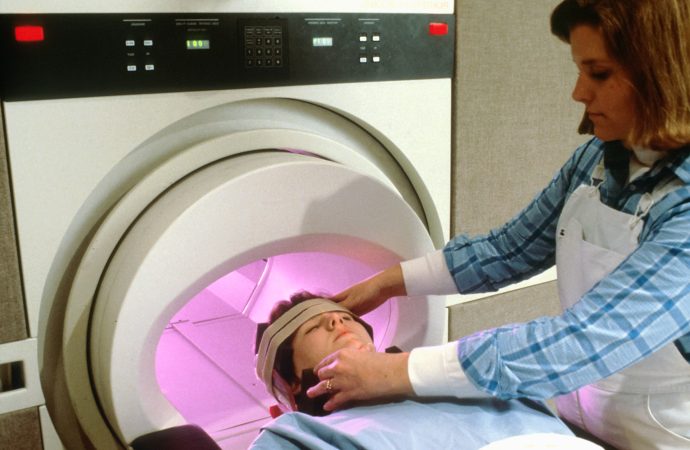MRI technology has revolutionized the way doctors diagnose and treat medical conditions, including liver lesions. These lesions can be difficult to detect and diagnose, but the non-invasive nature of MRI makes it an ideal tool for identifying and monitoring them. So, what exactly happens inside an MRI machine that enables doctors to see these hidden
MRI technology has revolutionized the way doctors diagnose and treat medical conditions, including liver lesions. These lesions can be difficult to detect and diagnose, but the non-invasive nature of MRI makes it an ideal tool for identifying and monitoring them.
So, what exactly happens inside an MRI machine that enables doctors to see these hidden abnormalities in the liver?
First, the patient lies down on a table that slides into the MRI machine, which is essentially a large magnet. The machine creates a strong magnetic field that aligns the hydrogen atoms in the body’s tissues. Radio waves are then sent through the body, which cause the aligned atoms to produce signals that are picked up by the MRI machine.
These signals are then processed by a computer, which generates detailed images of the liver and surrounding tissues. The images produced by MRI are much more detailed and precise than those produced by other imaging methods, such as ultrasound or CT scans.
When it comes to liver lesions, MRI is particularly useful because it can distinguish between different types of lesions, such as cysts, hemangiomas, and malignant tumors. For example, cysts appear dark on MRI images, while hemangiomas appear bright. Malignant tumors often have a unique pattern of contrast enhancement on MRI, which helps doctors determine whether they are cancerous or not.
In addition to detecting liver lesions, MRI can also be used to monitor their growth and assess treatment effectiveness. This is especially important for patients with liver cancer, as MRI can help doctors determine whether the cancer has spread or if treatment is working.
Overall, the power of MRI lies in its ability to provide detailed, non-invasive images of the liver and other organs. This technology has opened up new possibilities for diagnosing and treating medical conditions, including liver lesions. With continued advancements in MRI technology, we can expect even more precise and accurate diagnoses in the future.























Leave a Comment
Your email address will not be published. Required fields are marked with *